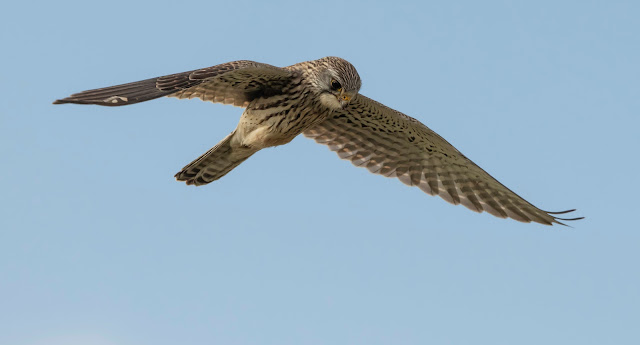One of the earlier moths to appear each year is the wonderful Small Eggar. My patch happens to hold the only known colonies of this moth on the whole of the South Downs National Park.
It is more a moth of the western counties and East Anglia, and was thought to be nearly extinct in Sussex until this local colony appeared in 2017. It very quickly became a very strong colony with around 50 larval webs found in 2020, although numbers have now dropped back a bit from that.
In 2022 I found the earliest stage when I came across the egg batch that had been laid on a small Blackthorn sapling. The egg batch is very distinctive, although hard to find, as it is covered in the body hairs of the female moth, which in her final act before dying of the cold, she somehow plucks her hairs and sticks them on the eggs to protect them from the cold and presumably predation.
The county Moth Recorder thinks my photos of the egg batch were the first photos taken of this in Sussex. I was then able to photograph them through their growth in that egg batch and 2 others that I managed to find. A 4th batch were actually predated, almost certainly from a pair of Long-tailed Tits that were nest building in the next bush. I guess they thought the fur would add something to the nest. If they also ate the larvae after hatching it could be the first time Long-tailed Tits have had a takeaway dinner!!
Last year I failed to find any egg batches, and this year after several searches over the past couple of weeks I was fearing I was going to miss out again. However, a couple of days ago I once again went in search of them. After searching nearly every Blackthorn bush over a couple of miles, I was on the point of accepting defeat, when I suddenly spotted what I was after. At last, I'm not sure if I had walked past it a few times in the previous searches or whether it had only been laid over the past couple of nights, maybe time will tell if it remains there. Unfortunately, there is actually a pair of Long-tailed Tits currently nest building here too, it may even be the same pair, as they were very close to that batch from 2 years ago!!



















.jpg)











.jpg)



.jpg)








